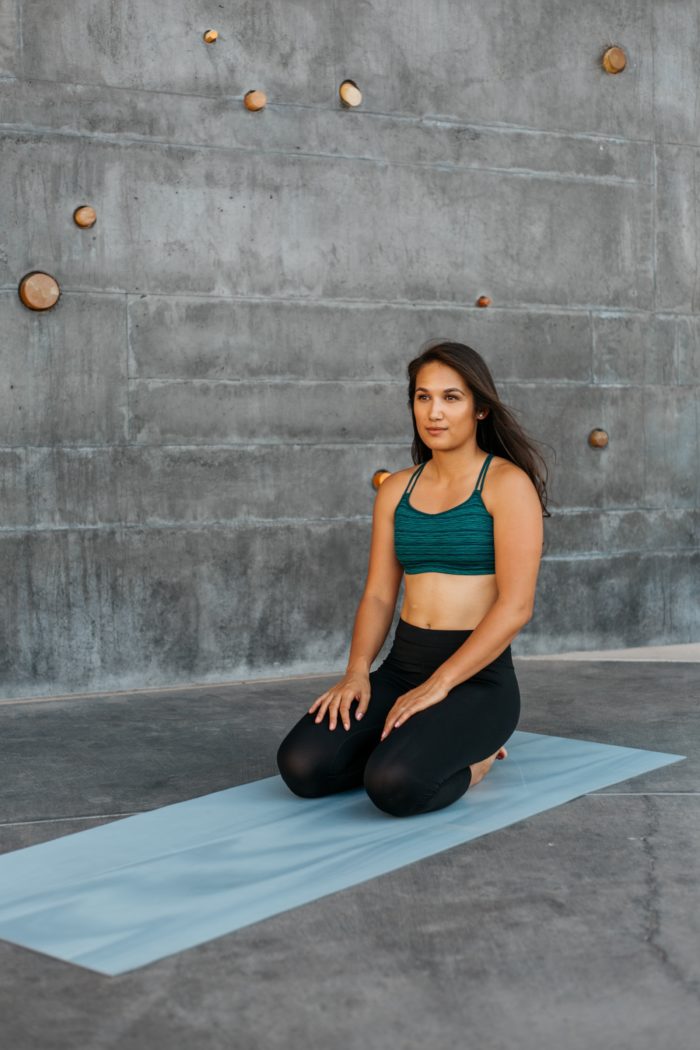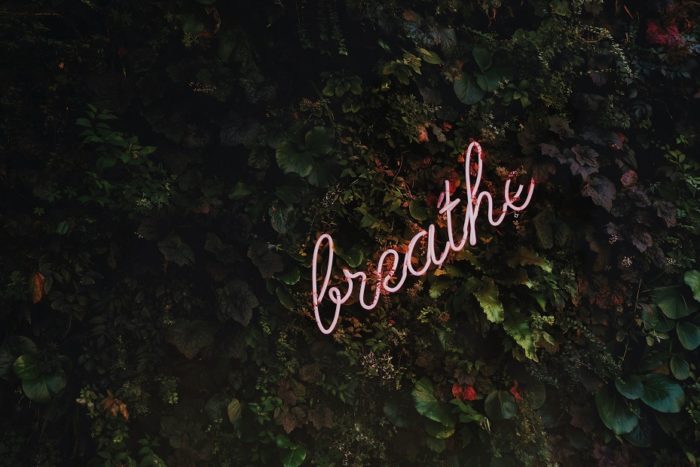These days, there are types of meditation for just about any issue you can think of. Need to make a decision? There are guided programs for that. Overly anxious? There are apps designed to help you attain calmness within short periods of time that you can perform throughout your day. Some forms of meditation boast even bigger effects such as pain relief or improvements in patients with coronary heart disease. But are we actually practicing these correctly?
In the medical world of pill pushers and prescriptions with dangerous side effects, people long for solutions to their illnesses that are safe, affordable and easily accessible. We hear the claim, “meditation improves health” and then generalize it, apply it to our own specific issue and improperly practice it, in the hope that we will yield a desired result without doing the necessary research into the right practices that will help us achieve those results. Lack of positive results then discredits the previously associated positive claim. If meditation remains generalized, before we know it, the amazing, only partially unearthed benefits of this practice could remain unseen and meditation could become no more than a passing trend.
Meditation experts are pushing for more research to be done. While the practice of meditation is thousands of years old, it has only been studied for a few decades. Most of those studies have been far too general, with findings considerably less than inspiring for what is one of the fastest growing wellness trends in America. The lack of research surrounding something that everyone wants to try means that the hype about this trend could be quickly extinguished if what it promises isn’t proven to be true.
According to The Global Wellness Summit’s paper, ‘Mental Wellness: Pathways, Evidence and Horizons’, meditation can be effective in “enhancing immunity, reducing depression and anxiety, improving academic performance, reducing age-related cognitive decline, increasing happiness and quality of life, and managing and reducing trauma,” if not more. With this wide range of possible benefits, surely there are specific types of meditation that are better suited for each one.
Bob Roth, one of the world’s leading experts on meditation, is trying to shift our thinking of meditation as a singular thing. Just as different forms of exercise are optimal for different outcomes, each form of meditation stimulates or relaxes distinct parts of the brain and result in unique benefits. For example, Mindfulness Meditation is not the all-encompassing solution to any problem, but it is extremely effective in pain management. By targeting the problem and assigning the proper form of meditation real results will come.
Roth continues on to predict that products and services related to meditation will expand, climbing to the level and market power that the yoga industry has reached. Just as we saw thousands of yoga related businesses take over our malls and gyms across the nation, we will soon see the same with meditation. And while it is great that there will be a rise in awareness of the practice and potential healing for an overly anxious and chronically ill nation, this also means plenty of businesses that want to tap into the meditation market will offer services that promise the same positive healing effects, but lack the heart and education of meditation experts.
Experts suggest that three main types of meditation must be understood in order to fully access the positive brain impact they possess.
3 Main Types of Meditation And Their Benefits
Focused Attention Meditation
The first, Focused Attention Meditation, involves clearing the mind and focusing on different areas of your body, bodily sensations or objects around you. The benefits of this practice include a clearer mind and improving cognitive function. It is also said to improve sleep and lessen anxiety and depression.
Open Monitoring Meditation
The second, Open Monitoring Meditation, allows your thoughts to flow freely. It is about acknowledging your present experiences, emotions and any bodily sensations. Benefits such as becoming emotionally open and calm and attaining a larger attention span come with these types of practices.
Self-Transcending Meditation
The third, Self-Transcending Meditation, uses a mantra to access a quiet space within you that can unlock creativity and strengthen thought processes. Transcendental Meditation has also been said to reduce blood pressure and improve conditions in those who suffer with PTSD.
Roth implies that ideally, we should use a combination of the three practices. One is as equally important as the other, as they all stimulate or relax different areas of the brain. Roth foresees meditation to become like a “personal toolbox” of sorts. Reading this, I can’t help but envision a recipe box with index cards inside, combinations of different practices written on each one, different solutions to everyday problems with titles like “Energy Mix” or “Sleepy Time.”
It is a nice thought that one day soon with continued research and guidance we may be able to move away from some harmful medications and tap into an affordable and accessible form of healing.
Also by Nea: These Zero Waste Food Companies Are Paving The Way To A Circular Economy
3 Lovely Ways To Bring Nature Into Your home & Improve Your Relationship With The Planet
Get more like this—Subscribe to our daily inspirational newsletter for exclusive content!
__






